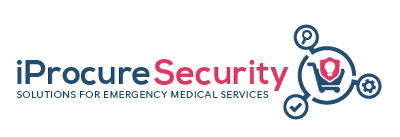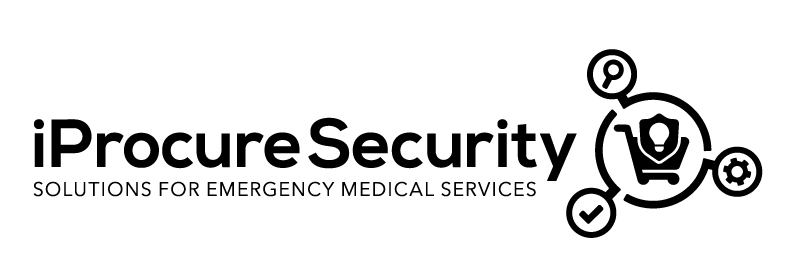Strategies for the uptake of the bystanders’ interventions in life-threatening emergencies
Experiences throughout the world with life-threatening emergencies have highlighted the important role of bystanders. Bystanders are persons at the scene of an event who voluntarily step forward to help, and their early assistance may reduce morbidity and mortality. Moreover, because bystanders usually outnumber professional rescuers, their involvement may strengthen response to emergency events.
The aim of the group is to facilitate the exchange of information among health professionals regarding effective strategies to improve the uptake of the bystanders’ intervations.
Raising awareness on the bystanders' role
Log in to reply.

